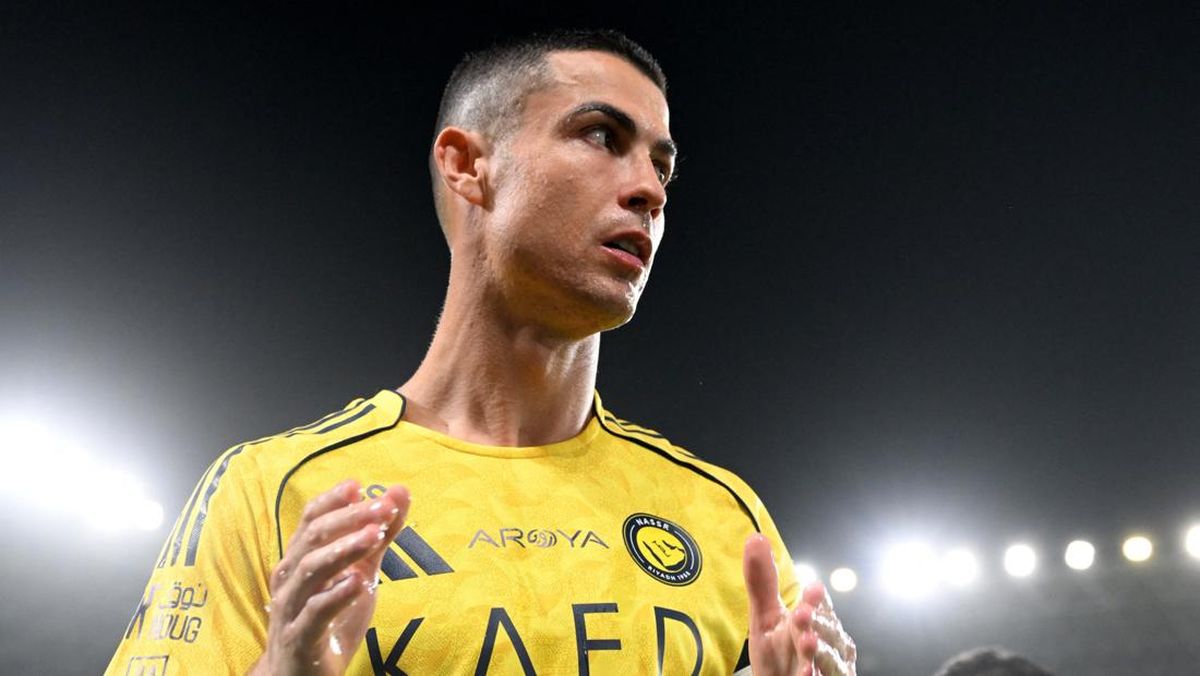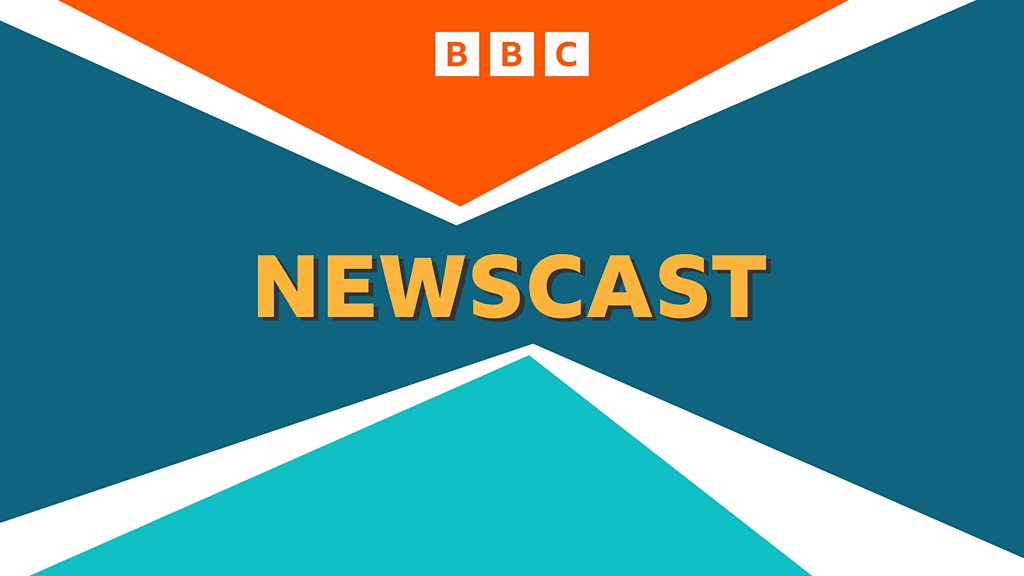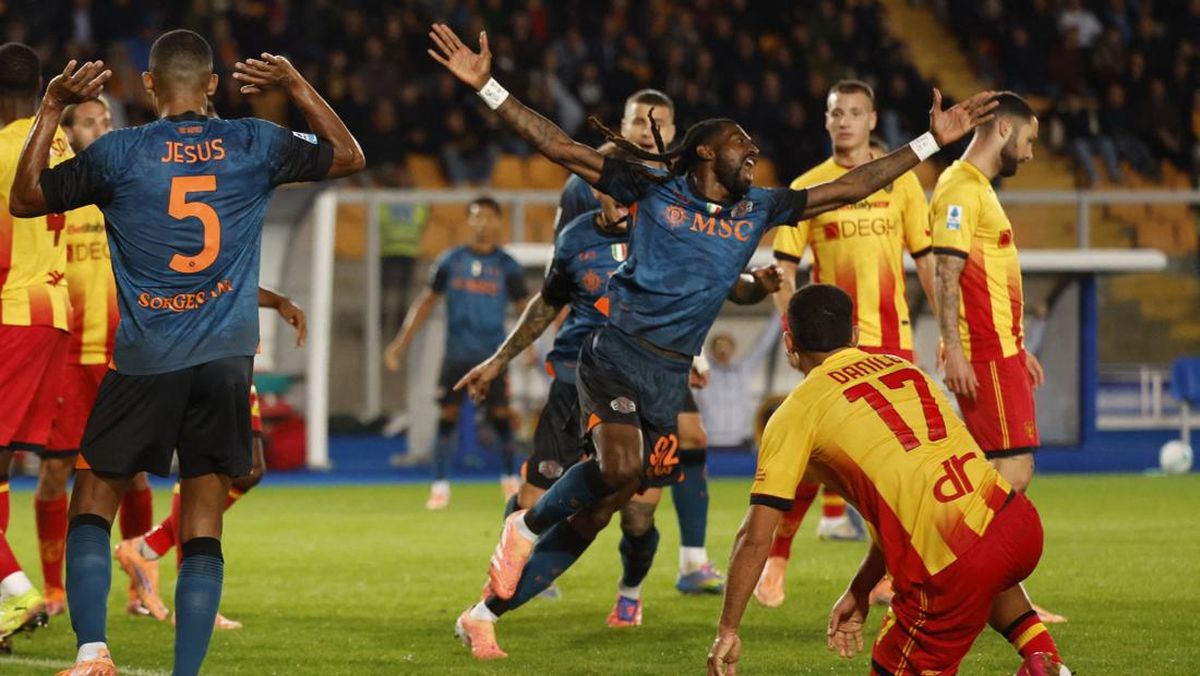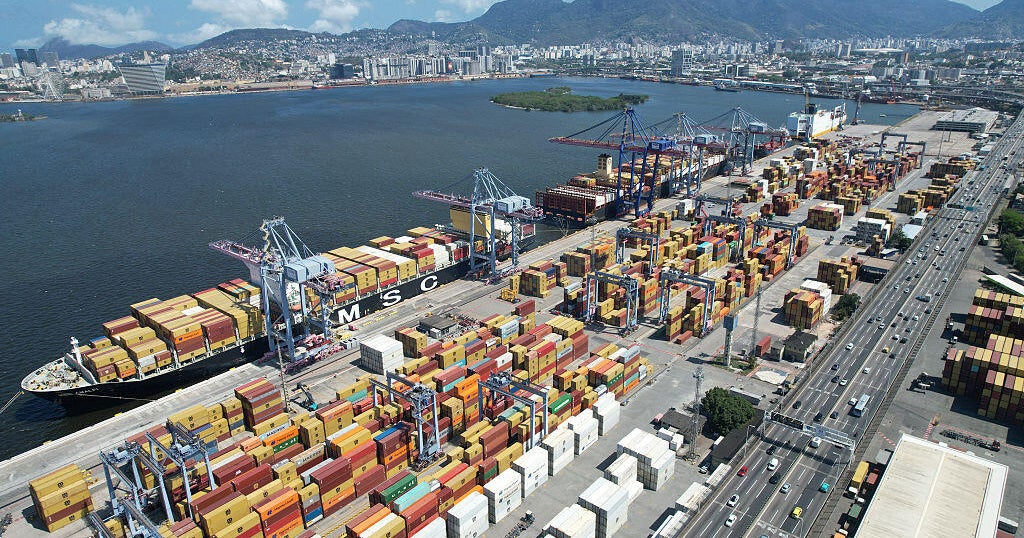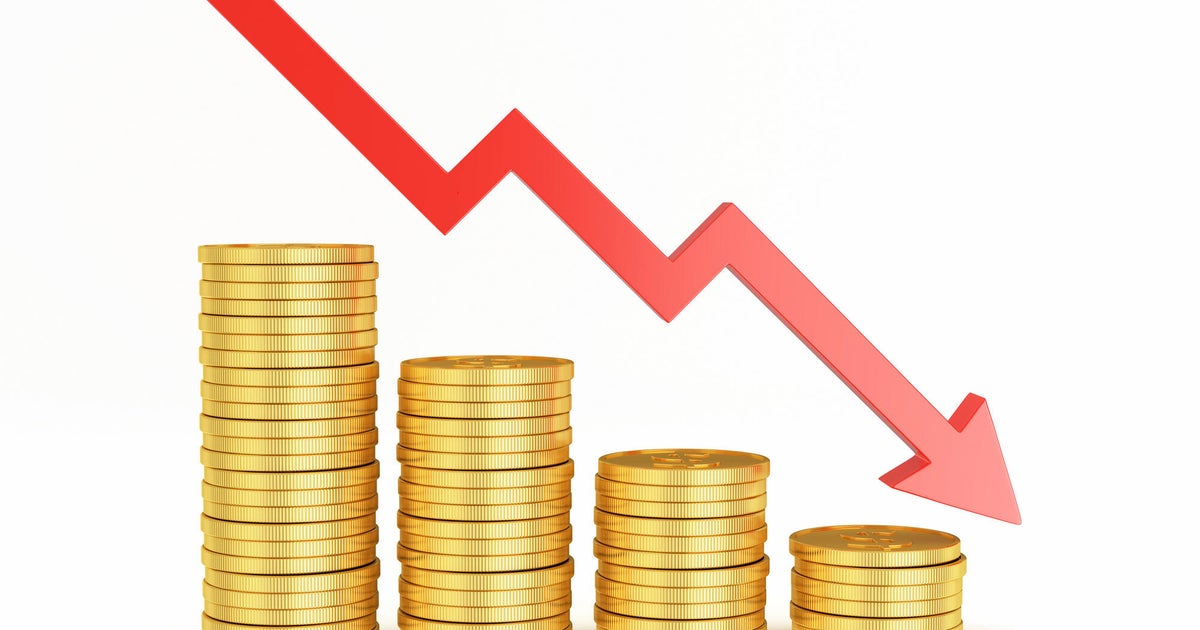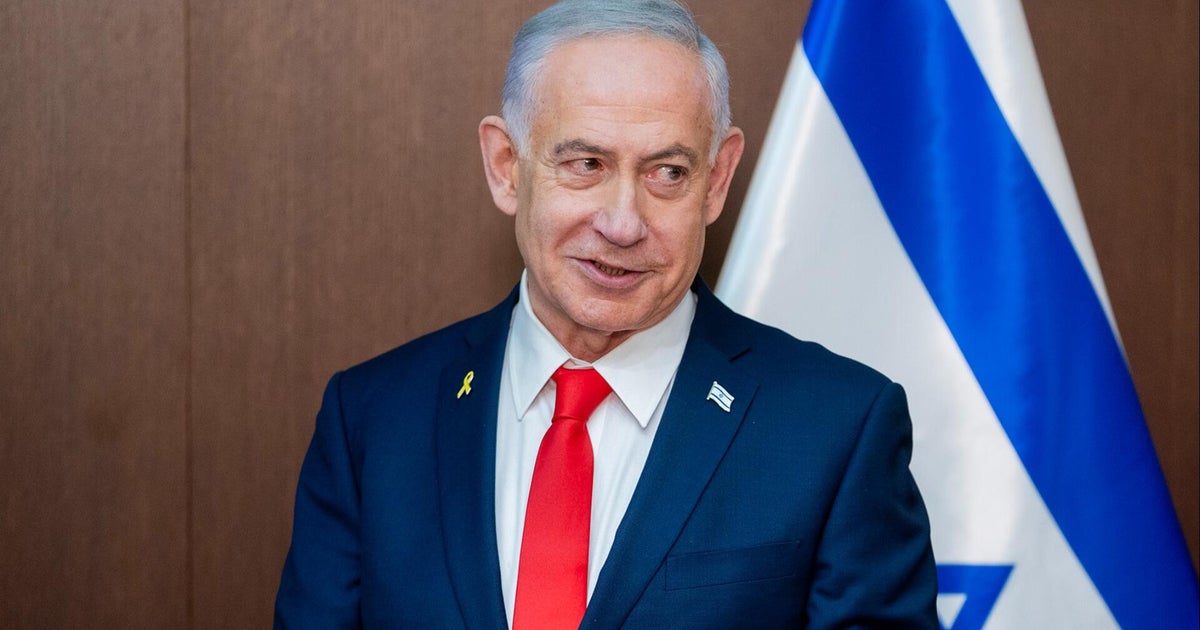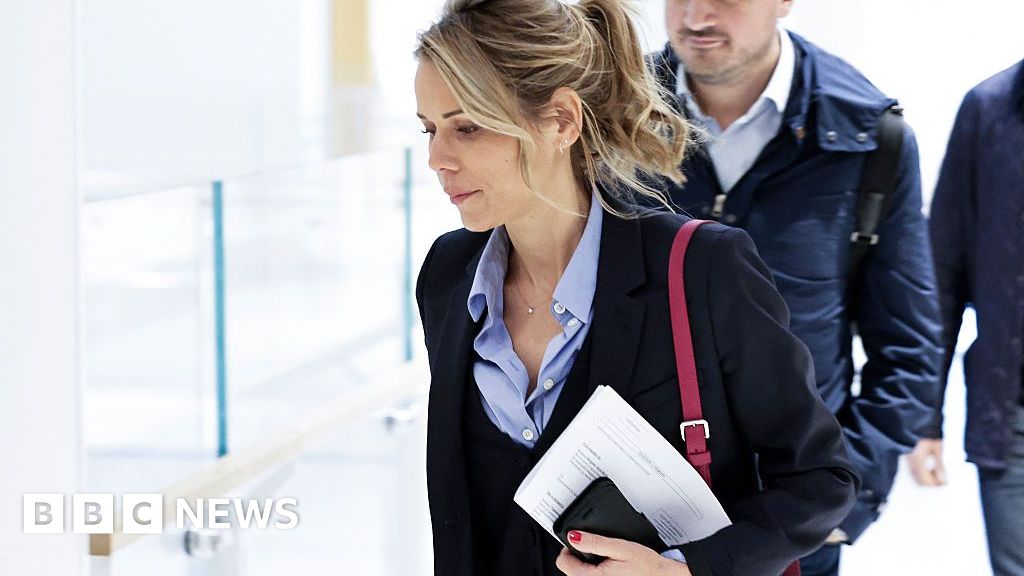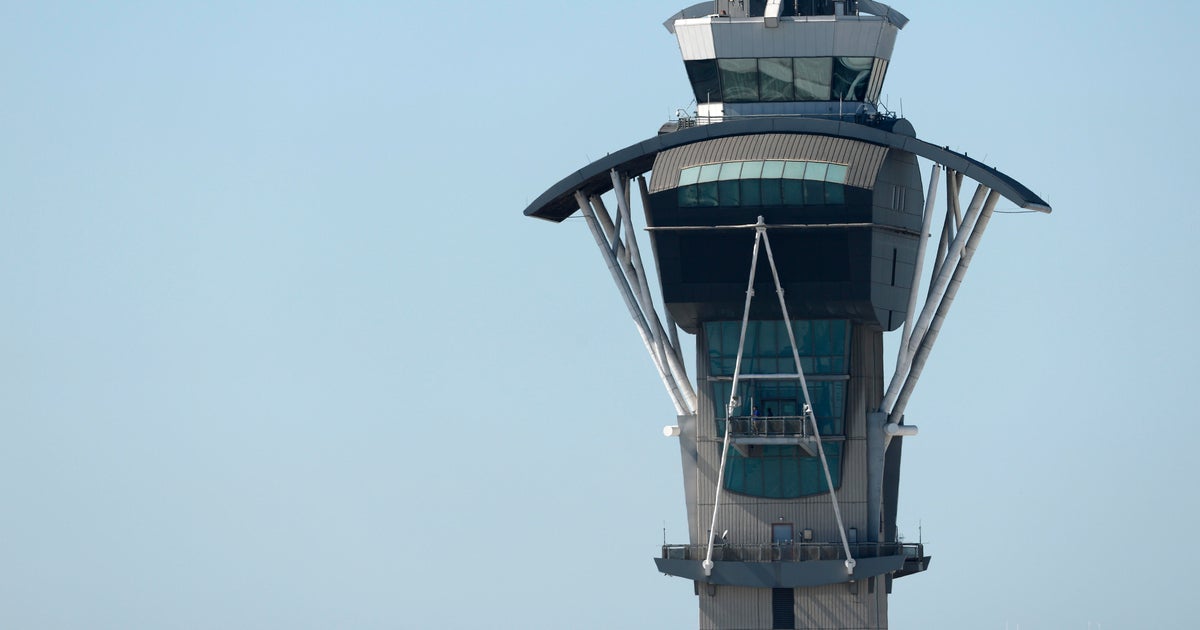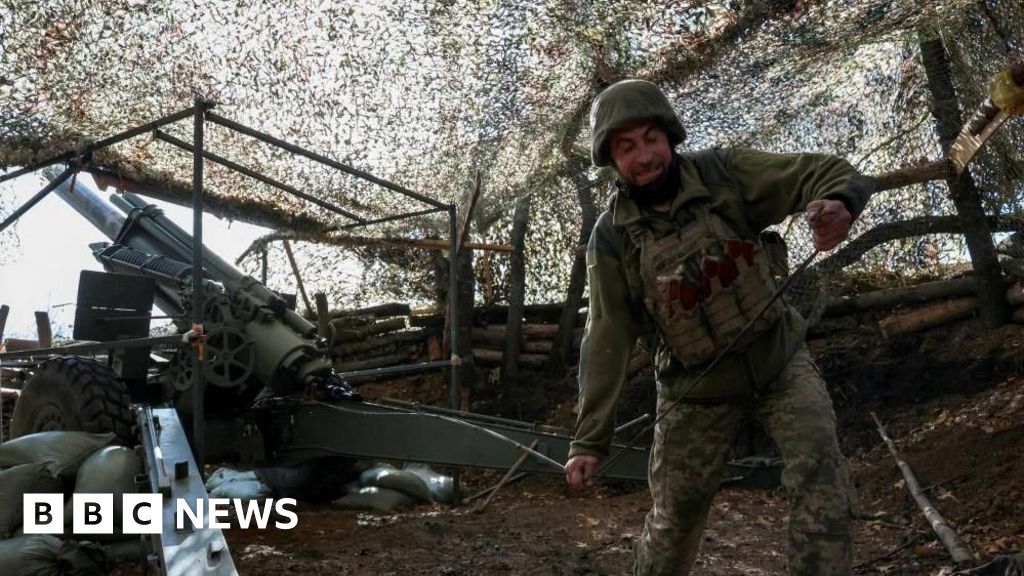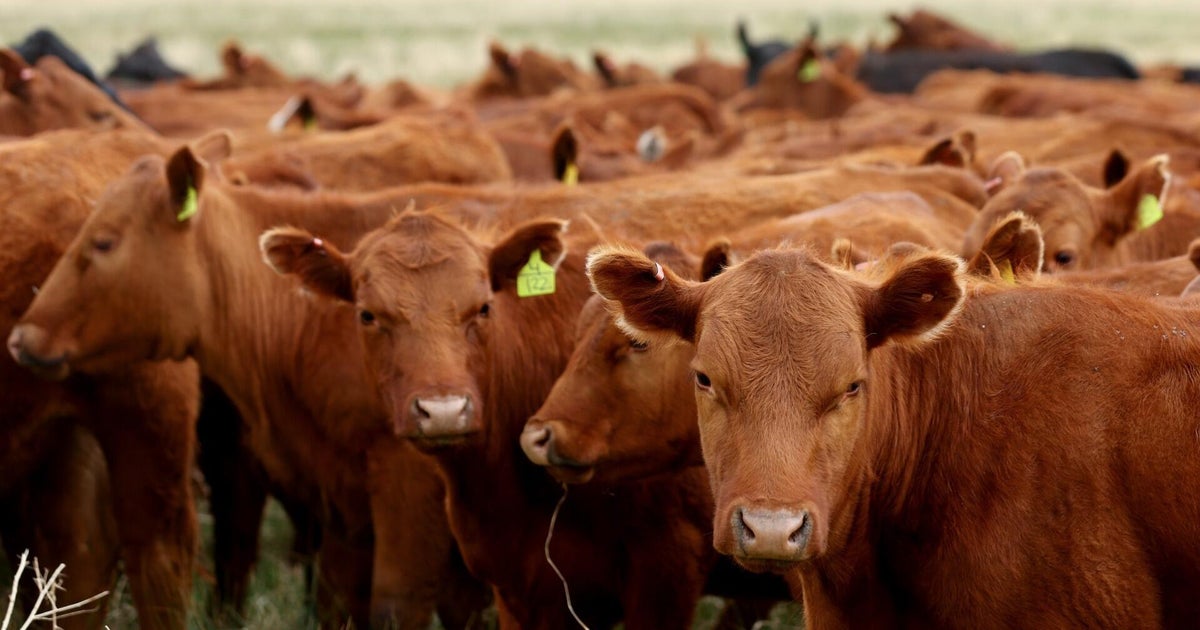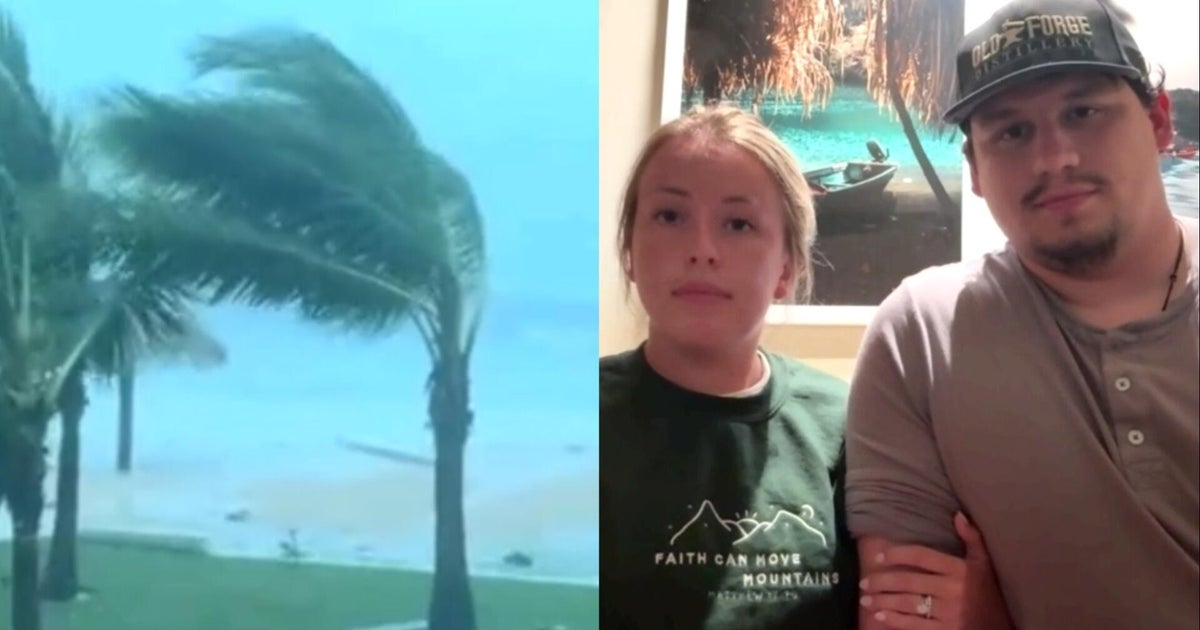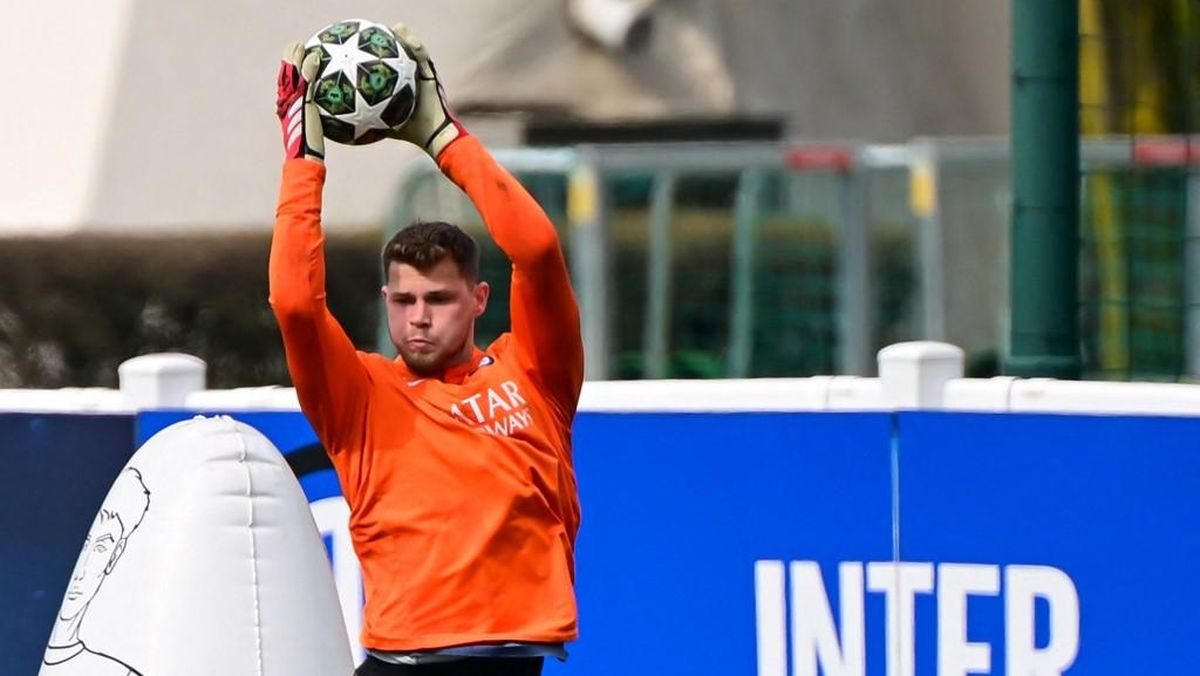Opinion
October 29, 2025 — 5.00am
October 29, 2025 — 5.00am
For decades the dream of a Tasmanian team was the island’s passion and the nation’s sentimental hope. As the VFL went national in the ’80s and became imperial in its mien, renaming itself the AFL in 1990, Tasmania, with its outstanding footballing tradition, made several proposals to join the national league, each rebuffed, the AFL instead coveting colonising the larger population centres. Footy, once dominant on the island, withered. Desperation took hold. Advocates of a Tassie team came to believe that without an AFL side, footy was condemned to die on the island.
It took an organisation as ruthless as the AFL to exploit that desperation, demanding a blank cheque from a broke state for a new roofed stadium at a spectacularly inappropriate site in the centre of the last Georgian cityscape in Australia in order for the dream to be realised. The stadium has become, to most Tasmanians, a gigantic death cap mushroom they refuse to swallow.

The future of the Tasmania Devils hangs in the balance.Credit: AFL Photos
Leading economists and the Tasmanian Treasury have warned for more than a year about the state’s spiralling debt. With annual revenue of only about $9 billion, Tasmania faces a $22 billion debt ($13 billion state debt and $9 billion state business debt) by 2027. In June, Treasury warned that unless unnecessary infrastructure spending was halted, Tasmania would face either a 250 per cent increase in taxes, a 25 per cent cut in services, or 21,000 public servants sacked.
The stadium which only a year ago the Liberal government promised would not cost taxpayers “a red cent more” than $375 million is now estimated by the Tasmanian Planning Commission to cost $1.8 billion over 10 years, plus hundreds of millions more in uncosted extras.
No politician – Liberal or Labor – dares say publicly what many privately admit: Tasmania cannot afford the stadium without destroying its future. Yet no one has the courage to speak the truth for fear of blame if Tasmania loses its proposed AFL side, the Tassie Devils.
Loading
And therein lies the torment. Unless the AFL withdraws its unprecedented demand that Tasmania build a roofed stadium for just seven games a year, the island won’t get its team. But if it goes ahead, it will cripple Tasmania’s economy – driving up taxes, slashing public services, and risking recession or bankruptcy – and deeply damage its society.
Cuts have already begun. An “efficiency dividend” introduced in 2024 has triggered draconian measures – nurses recently went on strike over fears of a 58 per cent reduction in nursing staff at Tasmania’s cancer clinic, while TAFE fees have soared by 5000 per cent to $20,000 for some courses. The planning commission warned the stadium would require higher taxes and could cause a credit downgrade, worsening the debt spiral. Looked at this way, the project becomes not a symbol of hope but a monument to a state’s economic suicide.
Tasmanians – caught between political cowardice and the AFL’s callous indifference – are not the only losers. The Devils will suffer too. To succeed, the club needs the island’s half-million residents united behind it. Yet the AFL’s insistence on the stadium has irrevocably bound the team to a hated monument that will rise as Tasmania declines. A club meant to unite Tasmanians is dividing them.
The argument that a $2 billion stadium is needed to make the Devils “financially independent” is a cruel joke when bought at the cost of higher taxes, lost jobs, and cuts to health and education. On an island where illiteracy reportedly reaches 50 per cent, if you can’t read the scoreboard, every promise sounds like another marketing lie.
Loading
The brutal irony is that a stadium built to ensure the Devils’ success may condemn them to loathing and even failure in their home state. Despite the club’s denials, the AFL’s insistence on a stadium has dragged it into politics – intervening in two state elections to back the Liberals and pressure Labor. None of this was more shameful than in 2024, when, five days before the state election, the AFL staged a lavish launch of the team’s colours, name, logo and guernsey. Now the Devils plan to unveil their high-profile coach just before the parliamentary vote on the stadium – clearly seeking to pressure wavering MPs. To many Tasmanians, the Devils’ true colours are not green, yellow and red, but the blue of an unpopular minority Liberal government.
King Louis XIV allegedly once declared, “I am the state.” The 21st century sun kings – the AFL – can equally say that in Tasmania, it is the government. Like any empire, the AFL expects its colony to pay tribute and surrender its future.
When 21 Tasmanian politicians opposed to the stadium – spanning all levels of government from the Hobart lord mayor to Andrew Wilkie and Jacqui Lambie – requested a meeting with CEO Andrew Dillon in June, the AFL didn’t even reply. The arrogance is breathtaking: the AFL expects Tasmanians to pay for its $2 billion stadium while dismissing its leaders like beggars at the gate.
Their stadium breaks Tasmania’s planning and heritage rules, violates Treasury’s fiscal guidelines, and ignores the planning commission’s finding – based on an exhaustive year-long investigation – that it should not proceed because it would damage Hobart’s heritage, cityscape, and character as well as Tasmania’s brand, while diminishing “the economic welfare of Tasmanians as a whole”.
As a Tasmanian, I am horrified that the beauty and uniqueness of my historic city could be sacrificed to a thuggish corporation that believes itself above the law. I agree with Brent “Tiger” Crosswell – one of Tasmania’s greatest footballers – who opposes the stadium for one very simple reason: it would destroy the city he loves. I am appalled by the AFL’s bullying. I am enraged that Tasmanians are expected not just to cop all this but to pay for it with their future, burdening generations with debt.
Loading
And what if parliament refuses to back the stadium? Would the AFL really destroy its own team, with its players under contract and 100,000 mainland supporters? Even commentator Gerard Whateley doubts it. How could the AFL justify killing a club because a state refused to ruin itself for it?
Nor would the AFL need to. As well as two existing stadia where AFL games are regularly played, the Devils already have the richest state sponsorship deal in Australian sporting history – a staggering total of $314 million, composed of $144 million for the club over 12 years, $105 million to establish a high-performance centre, and $65 million to upgrade the Launceston stadium for the Devils games that will still be played there.
For now, the AFL doesn’t care. But when television screens fill with images of the homeless and of sacked workers chained to bulldozers at Macquarie Point, it might. In Tasmania, such battles tend to end in the mud and sometimes in jail – but they usually end the same way. The Franklin River, the pulp mills, the stadium: the people win, and the empire retreats in shame.
Richard Flanagan won the 2014 Man Booker Prize for his novel The Narrow Road to the Deep North. In 2024 won the Baillie Gifford Prize (for non-fiction) for his most recent book, Question 7. He is the first writer to win both prizes.
The Opinion newsletter is a weekly wrap of views that will challenge, champion and inform your own. Sign up here.
Most Viewed in Sport
Loading



